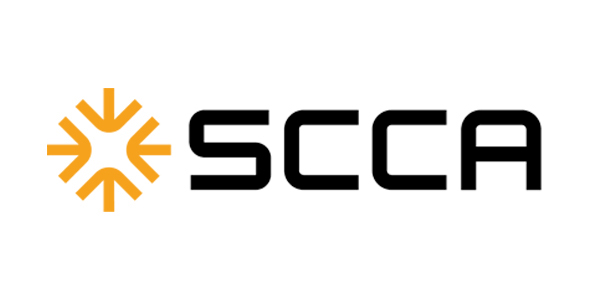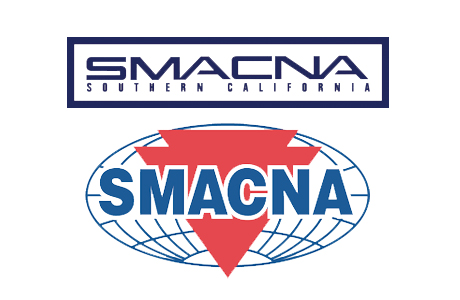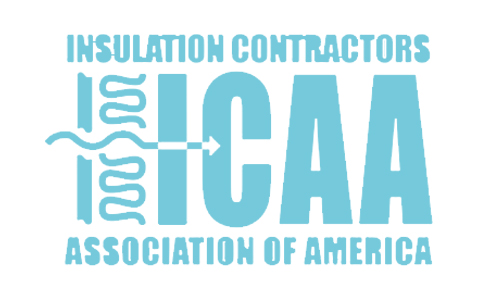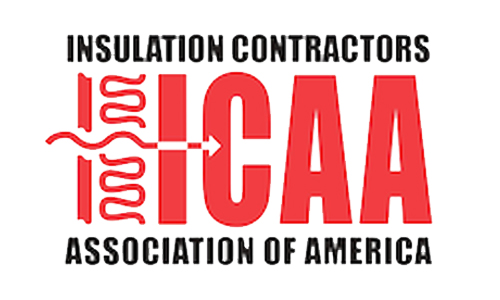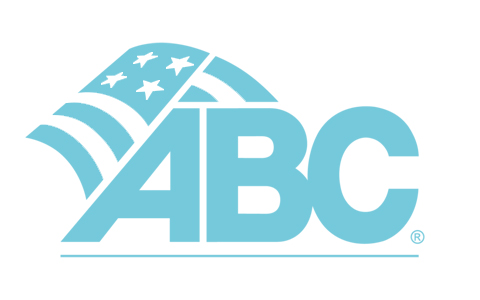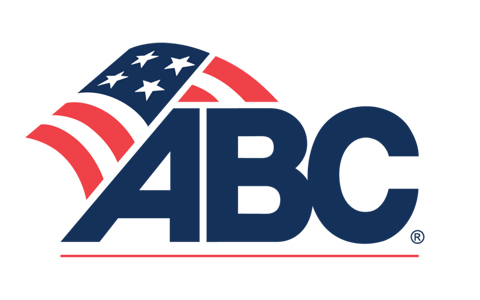Although any language in a contract can be deadly and should be viewed with caution, the following clauses can be particularly lethal if not handled with care.
1. INCORPORATION BY REFERENCE. This provision incorporates the general contractor’s agreement with the owner by reference into the agreement between the general contractor and the subcontractor.
2. THE CONTINGENCY PAYMENT CLAUSES. This clause provides that the general contractor is under no obligation to pay the subcontractor any sums due until such time as the general contractor receives payment from the owner.
3. NO DAMAGE FOR DELAY. Customarily, this provision provides that while the subcontractor is not entitled to a claim for delay damages, it will be entitled to an extension of time. Many times a contract will provide that the subcontractor is entitled to no damages for delay but, on the other hand, the contractor is entitled to liquidated damages for any delay caused by the subcontractor.
4. DISPUTE RESOLUTION. Many contracts provide that the architect is the judge, jury and executioner with regards to any dispute between the owner, contractor and subcontractor. This is particularly true with the new AIA contract.
5. AGREEMENT TO CONTINUE WORK IN THE FACE OF A DISPUTE. The agreement to continue work after a dispute has arisen and not stop work is an absolute prescription for bankruptcy unless you can afford to finance the entire project without a progress payment.
6. ATTORNEY’S FEES. To recover attorney’s fees in any litigation California law requires that a written contract which provides for recovery of attorney’s fees be entered into between the parties. If an attorney’s fee provision is not contained within the contract, neither party to the litigation can recover them.
7. LIQUIDATED DAMAGES CLAUSES. Subcontractors should avoid liquidated damages provisions or penal provisions at all costs.
8. RETENTION PROVISIONS. Retention, contrary to popular belief, should not be the owners contingent financing to complete the project nor the general contractors bargaining tool to negotiate a settlement on other projects which it is working with the subcontractor. The traditional “ten percent retention” which is claimed by most contractors and owners to be the “industry standard” is a myth and should be negotiated on every contract.
9. INDEMNIFICATION. You should only be responsible for your own wrongs.
10. PROMPT PAY WAIVER. The new Business & Professions Code §7108.5 provides that a prime contractor must pay the subcontractor within 10 days of payment by the owner. The penalty for non-compliance is 2% per month plus court costs and attorneys fees.
Although the foregoing list of contract clauses is not all inclusive, it does attempt to set out those areas which have proven to be most troublesome to subcontractors and ultimately to suppliers to look to them for payment. (Revised 8\94)




